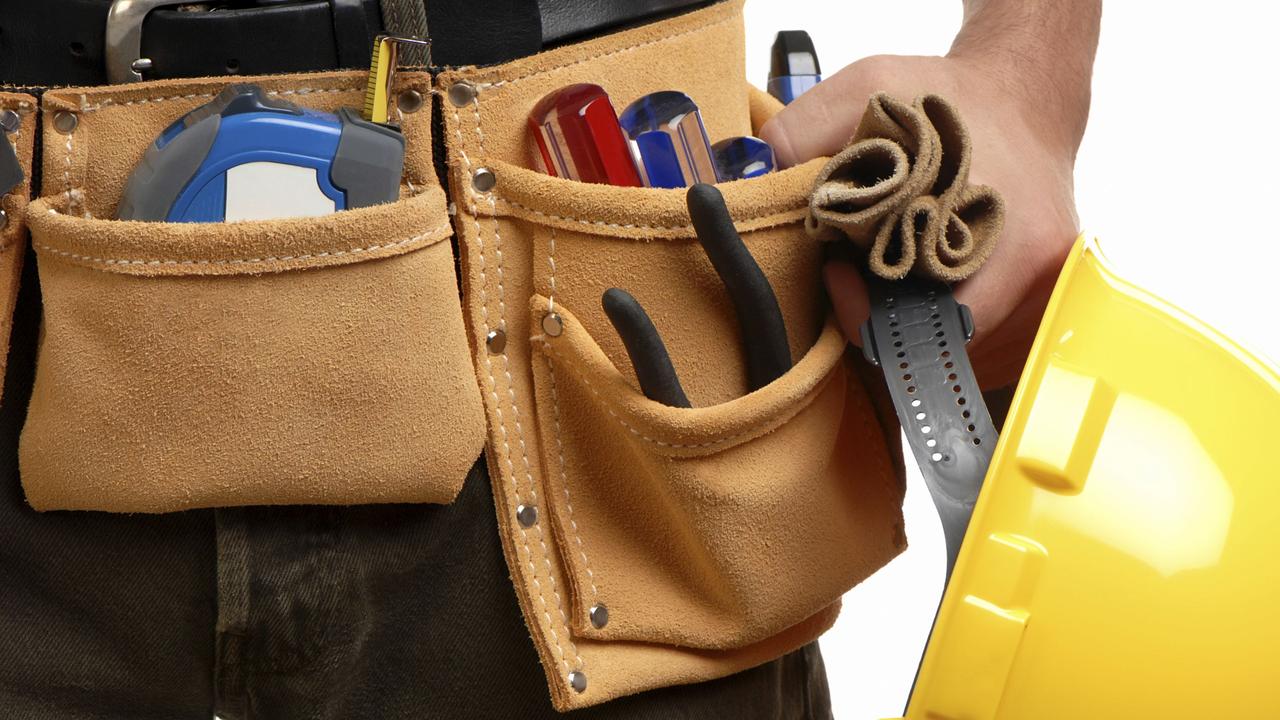State’s most lucrative mobile speed camera locations last financial year were in streets with speed limits of 50km/h or less
ALMOST all of the state’s most lucrative mobile speed camera locations during the last financial year were in streets with speed limits of 50km/h or less.

SA News
Don't miss out on the headlines from SA News. Followed categories will be added to My News.
ALMOST all of the state’s most lucrative mobile speed camera locations during the last financial year were in streets with speed limits of 50km/h or less.
Latest police figures show that 18 of the top 20 locations for mobile-camera speeding fines were on such streets — and the RAA says inadequate speed-limit signage may be catching out many drivers.
Revenue from the mobile cameras has risen almost 50 per cent in the past four years. Police used their 18 cameras at almost 1300 locations across the state last financial year compared to around 700 spots in 2012-13.
In the same period, money raised by mobile speed-camera fines has increased from $17.6 million to $26.2 million.
The RAA has welcomed the increasing spread of cameras into more residential streets but wants the State Government to review speed signage at locations where varying limits have likely contributed to a high number of fines. This includes the top site for speeding fines in a 50km/h zone (on Grange Rd at Grange), where the limit drops from 60km/h.
RAA road safety manager Charles Mountain said he believed many motorists might be caught on 50km/h suburban roads because they were using them as short cuts between major roads.
He said: “It’s possible motorists are not reducing their speed to the default 50km/h limit when they come off main roads which are 60km/h. But in those situations where the roads may be signed (with a lower speed limit) and people are continually being caught, there may be a need to review the signs and improve them.’’

Mr Mountain said Grange Rd was a “classic’’ case of this.
Police figures show 1123 speeding vehicles were caught at this slower section of the main road last financial year and fined a total $285,892.
“If speeding is a regular problem, it would be timely to look at what factors, like signage or changes to speed limits, are at play,’’ he said.
The officer in charge of the Traffic Support Branch, Superintendent Anthony Fioravanti, declined to say why mobile speed camera fines were on the increase.
But he said the cameras were “deployed at locations identified as having a road-safety risk for that location or contributing to a road safety risk at another location’’.
He added: “SAPOL takes into consideration factors such as crash history, whether the location contributes to crashes in other nearby locations, information of dangerous driving and traffic complaints, particularly those that relate to speeding.’’ Supt Fioravanti said this data was “constantly analysed as such deployments are constantly changing in some areas’’.
“The aim of the safety camera deployment is to slow motorists down and reduce the road safety risk to the public,’’ he said.

“Vehicle speed is a contributing factor in up to 40 per cent of road crashes.’’
Supt Fioravanti said the mobile speed cameras were part of the SA Police strategy to reduce excessive speed and to create “long-term change in driver behaviour’’.
This strategy was designed to reduce “the general level of speed on our roads with a corresponding reduction in the number and severity of road crashes’’, he said.
“Even small reductions in average speeds can result in a substantially greater percentage reduction in deaths and injuries,’’ Supt Fioravanti said.
He added that the “risk of a casualty crash in suburban streets doubles for each 5km/h above the speed limit’’.
Mr Mountain backed the increase in the number of locations where the mobile cameras were used. He said drivers became aware of fixed-camera locations on key roads, which meant they slowed accordingly.
“This highlights the need for mobile cameras to ensure compliance with speed limits (in) other areas of the road network,’’ he said.
Road Safety Minister Peter Malinauskas said “any increase to the number of people caught speeding is concerning” and reminded drivers that the default speed limit in built-up areas was 50km/h for the safety of drivers and pedestrians.
However, the Minister said it was the responsibility of the Transport Department to “undertake assessments on speed-limit signage if concerns are formally raised”.


